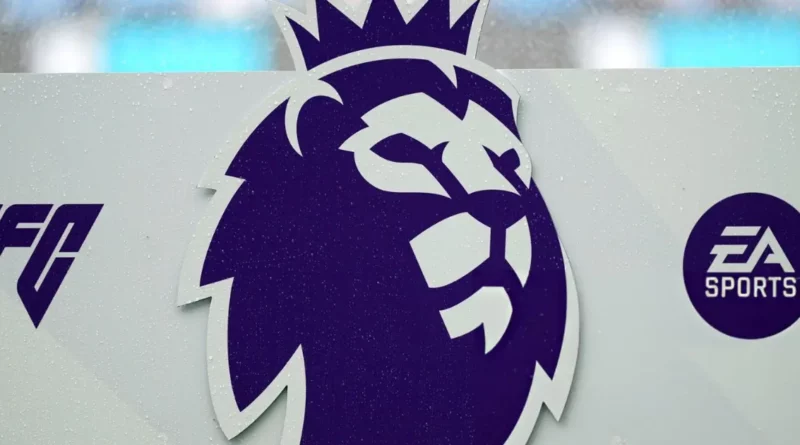Ranking Premier League Clubs by Net Spend Since 2022
The English Premier League is well known as the richest football competition in the world and the clubs have been going overboard with spending since 2022 and £1.9 billion was spent in the summer of 2024. This article aims to identify the net spend ranking of all the 20 Premier League clubs during the said period and their transfer spending, incomes, and financial policies.
While clubs like Chelsea and Manchester United have been most aggressive in their investments, others like Leicester City and Everton have been able to work with positive net spending by relying on high-profile player sales.
Ipswich Town, for example, had a big spend after promotion and Aston Villa has been active in the market due to their desire for winning titles. This article highlights the economic strength of the English Premier League clubs while discussing the increasing pressure for financial existence in the league.
Let’s take a look at how Premier League clubs have spent over the years as well as the profit they made by letting go of players.
List of Premier League Clubs and How Much They Spent
| RANK | CLUB | TRANSFER EXPENDITURE | TRANSFER INCOME | NET SPEND |
| 1 | Chelsea | £1.3b | £483.1m | £784.1m |
| 2 | Manchester United | £646.4m | £169.2m | £477.2m |
| 3 | Tottenham Hotspur | £570m | £222.1m | £347.9m |
| 4 | Arsenal | £490m | £202 m | £288.1m |
| 5 | Newcastle United | £333.1m | £112.2m | £221.9m |
| 6 | Nottingham Forest | £360.6m | £145.2m | £215.4m |
| 7 | West Ham United | £403.9m | £196.9m | £206.9m |
| 8 | Bournemouth | £261.8m | £56.2m | £205.6m |
| 9 | Liverpool | £299.3m | £156.7m | £142.6m |
| 10 | Aston Villa | £322.6m | £192.6m | £130m |
| 11 | Ipswich Town | £112m | £1.9m | £110.1m |
| 12 | Brentford | £182.5m | £73.5m | £109.1m |
| 13 | Fulham | £200.3m | £122.6m | £77.7m |
| 14 | Crystal Palace | £159.7m | £88.3m | £71.5m |
| 15 | Southampton | £242.6m | £202.3m | £47.8m |
| 16 | Brighton & Hove Albion | £329.6m | £313.4m | £16.2m |
| 17 | Manchester City | £365.5m | £353.1m | £12.4m |
| 18 | Wolverhampton Wanderers | £289.3m | £286.5m | £2.77m |
| 19 | Leicester City | £150.8m | £185.3m | £34.5m |
| 20 | Everton | £144.5m | £231.2m | £80.1m |
Also Read: Ranking the 10 biggest football contracts in history
20. Everton
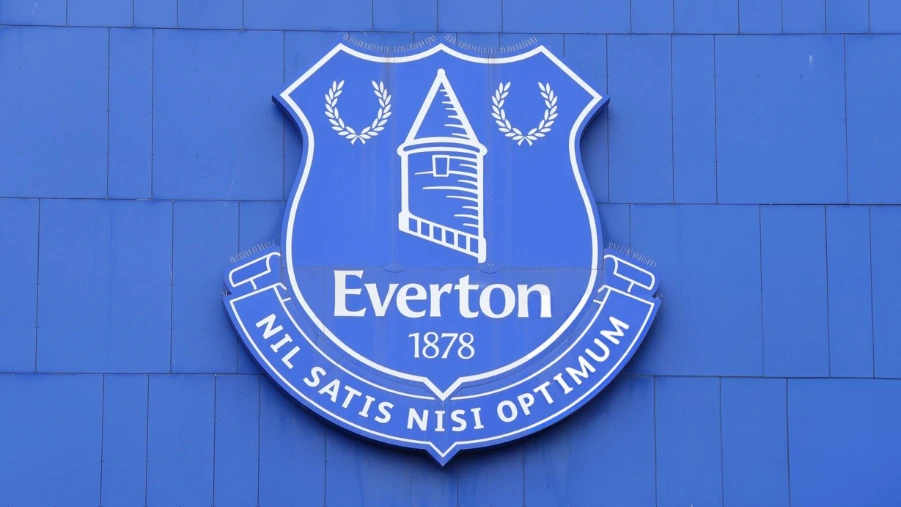
- Expenditure: £144.5 million
- Income: £231.2 million
- Net Spend: £80.1 million (Profit)
Everton operates at a net spend of £80.1m, an indication of the club’s efforts to balance their books even when operations or results are not all that stellar. Currently, the Toffees have extended their spending of £144.5 million to salaried players like Amadou Onana and Dwight McNeil among others the club has strengthened itself. Thus, despite the major losses, £231.2m sales – Richarlison to Tottenham Hotspur and Anthony Gordon to Newcastle United – put Everton back into profits.
19. Leicester City

- Expenditure: £150.8 million
- Income: £185.3 million
- Net Spend: £34.5 million (Profit)
Leicester City is among those few clubs with a net spend positive, they have made a profit of £ 34.5 million. Leicester completed a spending spree of £150.8m with signings such as Harry Souttar and Wout Faes. However, their transfer income of £185.3 million, boosted by the sales of James Maddison and Wesley Fofana, especially shows that they are a regular benefactor of this kind of activity.
18. Wolverhampton Wanderers

- Expenditure: £289.3 million
- Income: £286.5 million
- Net Spend: -£2.77 million
Wolverhampton Wanderers need to be mentioned here as being one of the most financially balanced teams with a net spend of £2.77m. This has been well funded through their £ 289.3 million expenditure with £ 286.5 million generated through transfer income through such operations as selling Ruben Neves to Al Hilal and Adama Traore.
17. Manchester City
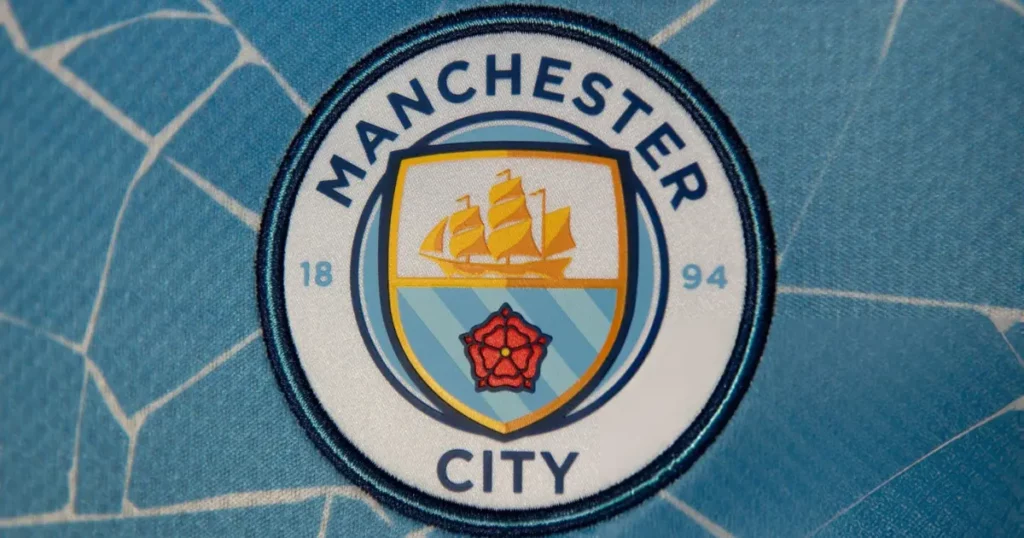
- Expenditure: £365.5 million
- Income: £353.1 million
- Net Spend: -£12.4 million
Manchester City continues to dominate while using the least net spend with a total of £12.4 million. Established in 2022, with spending £365.5m, the Cityzens bought potential superstars, such as Erling Haaland and Josko Gvardiol.
At the same time, the club made £353.1 million in net merchandise sales, revenues from targeted sales of players such as Raheem Sterling, Riyad Mahrez, and Aymeric Laporte. In Pep Guardiola, City has the right man to deploy a competent squad rotation and player management that keeps them a yardstick for measuring triumphs and prudent expenditure.
16. Brighton & Hove Albion
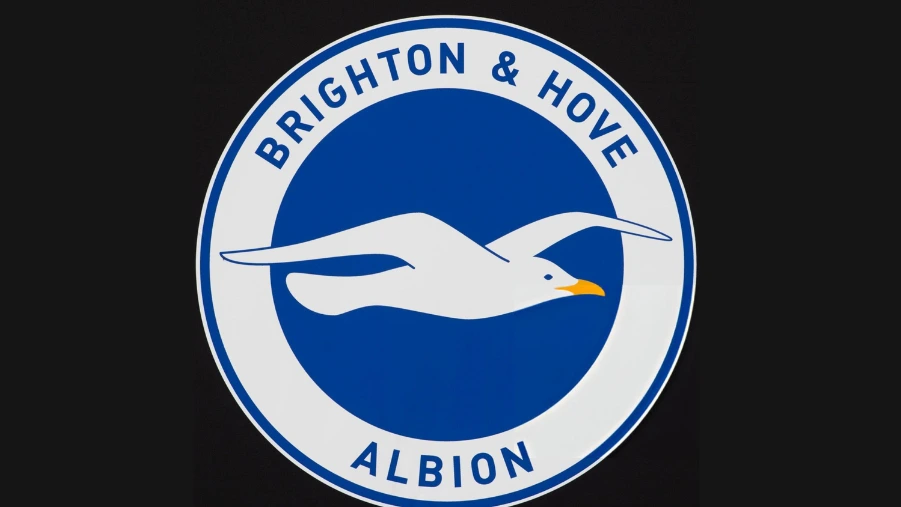
- Expenditure: £329.6 million
- Income: £313.4 million
- Net Spend: -£16.2 million
The Seagulls have worked very effectively with a transfer spending of £329.6m aimed at improving the squad and making £313.4m through the sales of players. The Seagulls’ transfer model is focused on picking promising talents and talent-based investments, including the likes of Moisés Caicedo and Alexis Mac Allister, the sales of whom they unlocked healthy profits.
Also Read: Top 20 Best French Footballers in Premier League History | Ranked
15. Southampton
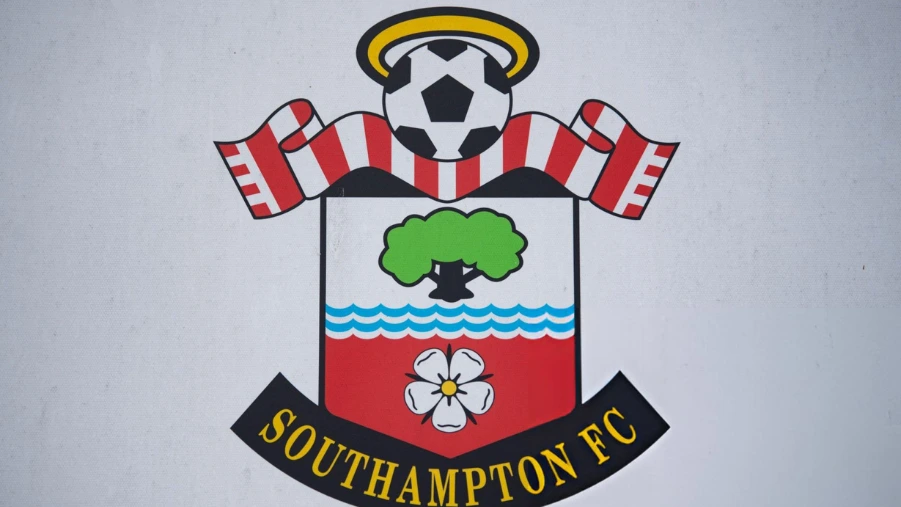
- Expenditure: £242.6 million
- Income: £202.3 million
- Net Spend: -£47.8 million
Southampton too invested £47.8m and this indeed shows that the need for buying and selling players was a great trade-off. Southampton has remodeled its team after investing £242.6 million in acquiring players such as Romeo Lavia. However, their relegation in 2023 denotes that dependency on youth has its dangers as well.
Having a transfer income of £202.3 million comprising of James Ward-Prowse, and selling Lavia has ensured Southampton has a stable financial base. They mainly aim at rebuilding themselves back into the English Premier League.
14. Crystal Palace
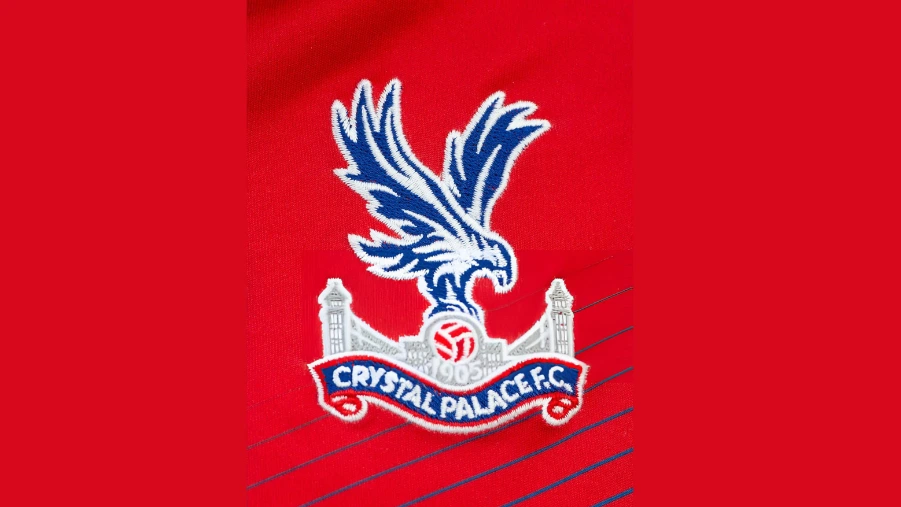
- Expenditure: £159.7 million
- Income: £88.3 million
- Net Spend: -£71.5 million
During his managerial time at the club, both Patrick Vieira and eventually Roy Hodgson have aimed to reshape the attacking formation of Crystal Palace. Spend £159.7m, invest in players like Michael Olise and Marc Guéhi; Palace has focused on youth and improving the back line.
The revenue from selling players stands at £88.3m in the transfer market, slightly buoyed by sales of Wilfried Zaha. Though they hardly spend as much as the ‘big boys’ of the English Premier League, the Park/Redknapp strategy of consistent and sensible procurement has helped make Palace a mid-table team.
13. Fulham
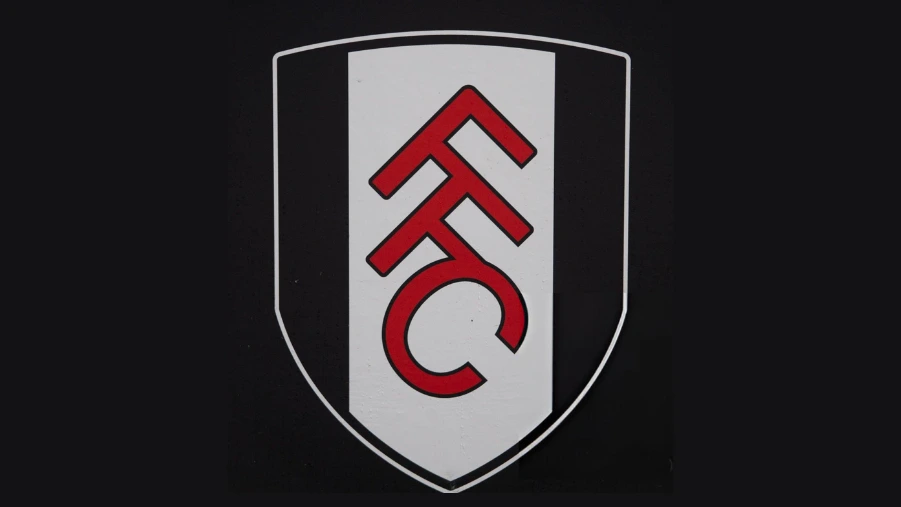
- Expenditure: £200.3 million
- Income: £122.6 million
- Net Spend: -£77.7 million
Even the strategy in recruitment has been cautious with a view to maintaining the Premier League status of Fulham. The Cottagers have spent £200.3 million in the mean but have signed experienced and talented players like Joao Palhinha. Their investment has been worthwhile, borne as they have not fought off relegation in recent past seasons.
While spending £71.9 million on player trading, the Cottagers have also realized £122.6 million in transfer revenue. This has made their strategy of combining experienced players with youths to build a strong benchmark for more stability in the top-flight division.
12. Brentford
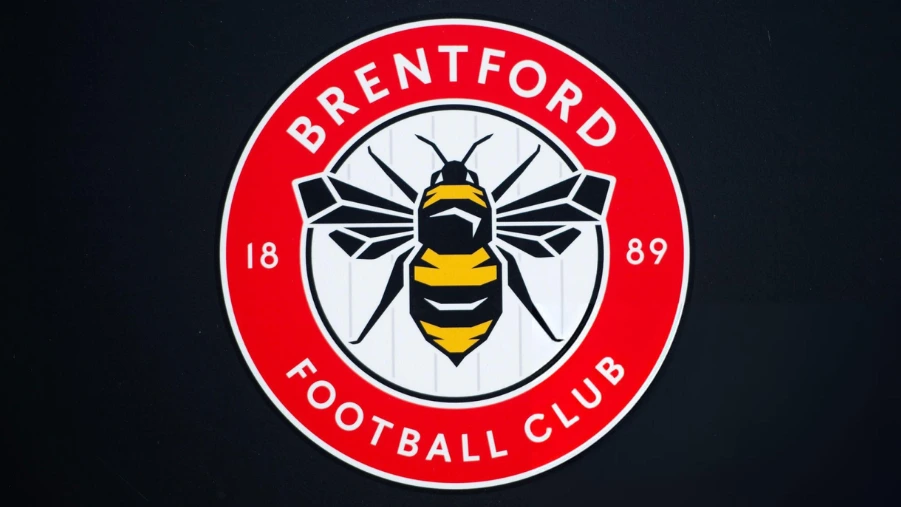
- Expenditure: £182.5 million
- Income: £73.5 million
- Net Spend: -£109.1 million
Brentford’s purchasing model is composed of analysis and scouting, with an overall cost of £182.5 million. Other transfers, including Nathan Collins and Neal Maupay, have targeted an increase in the quality of the squad. What the Bees are doing is to continue the building blocks on their Premier League stability.
Restructured with £73.5m in transfer income from Ivan Toney and Ollie Watkins, Brentford has been wise with its spending as a result. With the policy of achieving both financial stability and competitiveness, Brentford has earned a high reputation as one of the best-managed teams in the league.
11. Ipswich Town
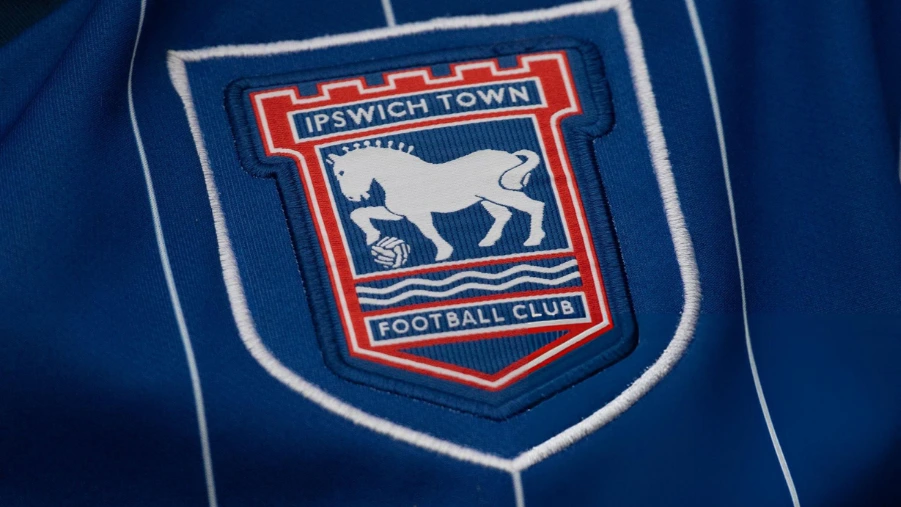
- Expenditure: £112 million
- Income: £1.9 million
- Net Spend: -£110.1 million
It might have been small in comparison to the bigger clubs, but Ipswich Town’s net spend hit £110.1m; their goal is to be competitive in the Premier League. Ipswich was able to secure a promotion the following season, they had to strengthen their team with reinforcements in order to cope with the rigours of the Premier League.
Their operating income of £1.9 million of transfer income demonstrates that they are more interested in constructing and less in developing housing sales. It is in the long term that the ultimate objective of safeguarding survival year after year, but gradually constructing a team that ought to be capable of challenging for mid-table places.
10. Aston Villa
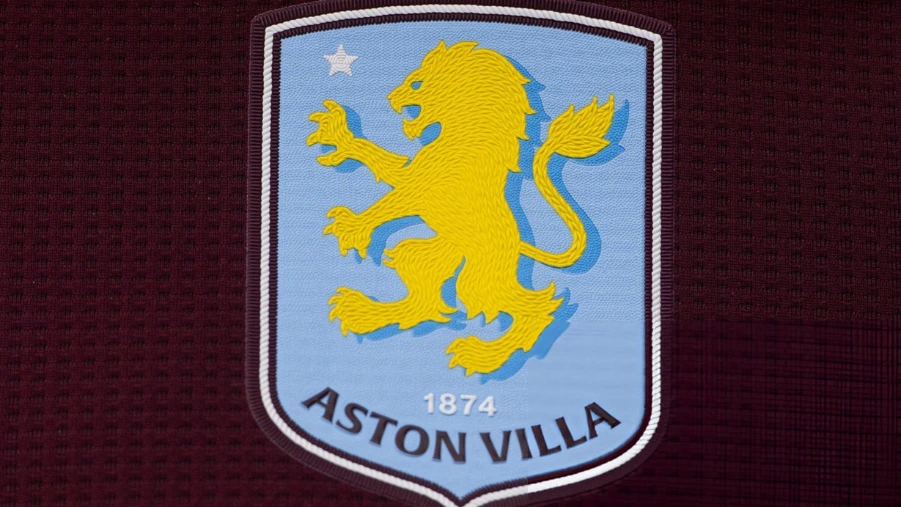
- Expenditure: £322.6 million
- Income: £192.6 million
- Net Spend: -£130 million
Aston Villa’s £130 million net spend led by Unai Emery demonstrates this idea perfectly well. Everton has spent £322.6 million to bring quality, which includes Moussa Diaby and Pau Torres as they seek a European position next season. Cunningham highlights that Villa has a two-pronged strategy of big-name signings with an emphasis on numbers.
Grossing £192.6 million on transfers, Villa has managed to offset the various operating costs by letting go of stars in previous seasons like Jack Grealish.
9. Liverpool
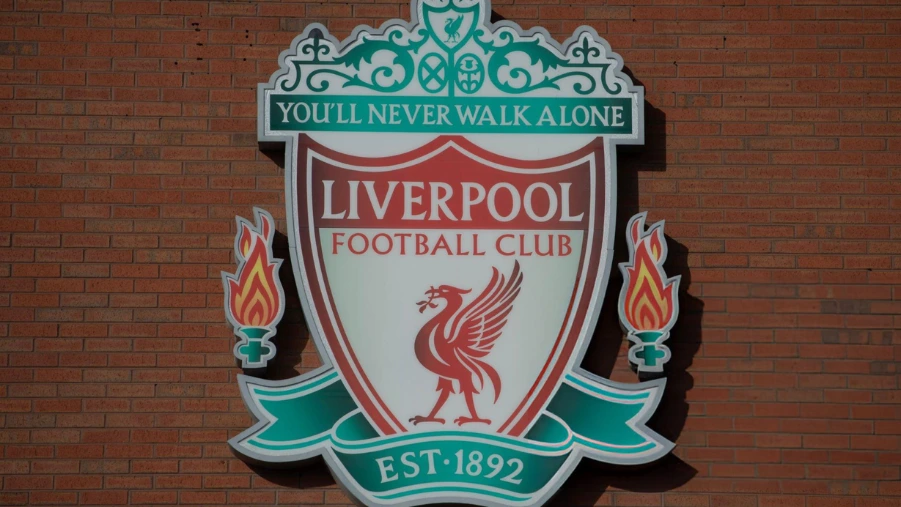
- Expenditure: £299.3 million
- Income: £156.7 million
- Net Spend: -£142.6 million
Key targets for signings at Liverpool under the management of Jurgen Klopp have been to rejuvenate the squad, more so the midfield; players like Alexis Mac Allister and Dominik Szoboszlai. For the two seasons, they have spent £299.3 million which has seen the Reds reconstruct their squad to compete in domestic and European leagues.
On the same, they have been recouping their spending in the transfer market with a transfer income of £156.7m including sales of Sadio Mane and Fabinho. The level of spending for Liverpool is fully compliant with FFP rules but still enables the team to belong to the elite Premier League; therefore, Liverpool is an example of a sustainable success.
8. Bournemouth
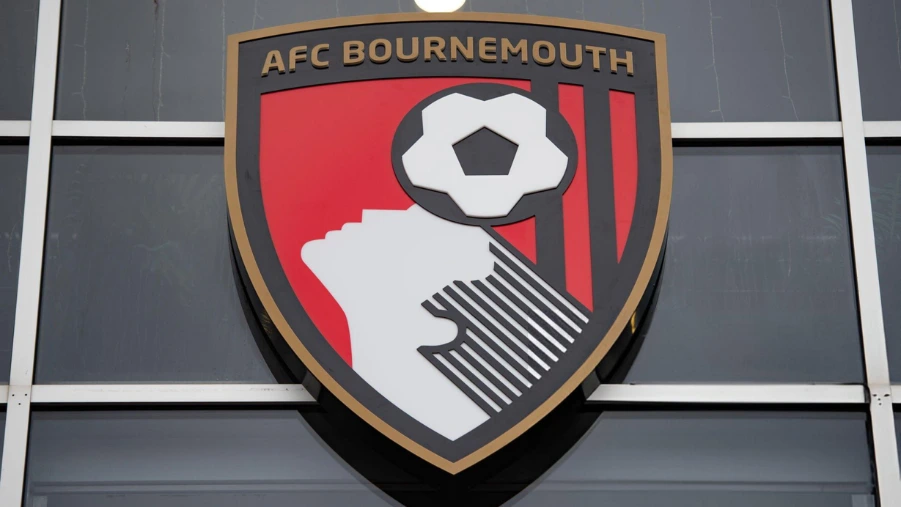
- Expenditure: £261.8 million
- Income: £56.2 million
- Net Spend: -£205.6 million
One of the more shocking additions to this group of high-spending clubs has been Bournemouth. Their total spend of £261.8m since 2022 has primarily been fixed on achieving Premier League football status. The new ownership also sought to build a younger and more talented starting line-up to support the first team, with signings in Senesi, Semenyo, and others.
But £56.2m for transfer income means that the net spend has still stayed relatively high when compared to their place in the league.
Also Read: 10 Most Successful Clubs in Premier League History Ranked by Titles
7. West Ham United
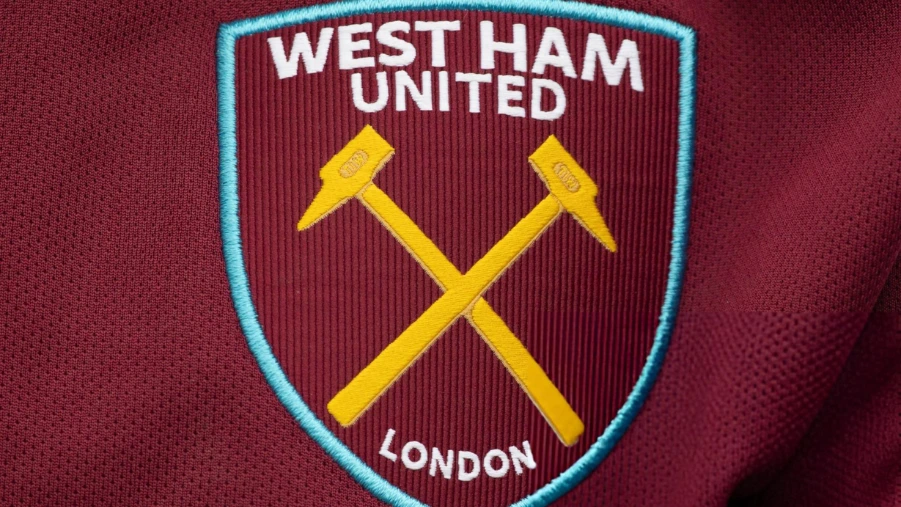
- Expenditure: £403.9 million
- Income: £196.9 million
- Net Spend: -£206.9 million
West Ham United has viewed a net expenditure of £206.9m on players showing their continuative aptitudes in domestic and European competitions. The signing of players such as Lucas Paqueta has boosted their strength, their total transfer spend of £403.9m also shows that they are not reluctant to invest in the depth and quality of the squad.
They recruited £196.9m from products, based on Declan Rice’s transfer to Arsenal. That is why the victory in the UEFA Europa Conference League after the departure of their leading player shows that West Ham is a club that is very strong and can easily bend. Their recruitment strategy is now based on keeping up a satisfactory level of competitiveness while keeping their balance sheets in check.
6. Nottingham Forest
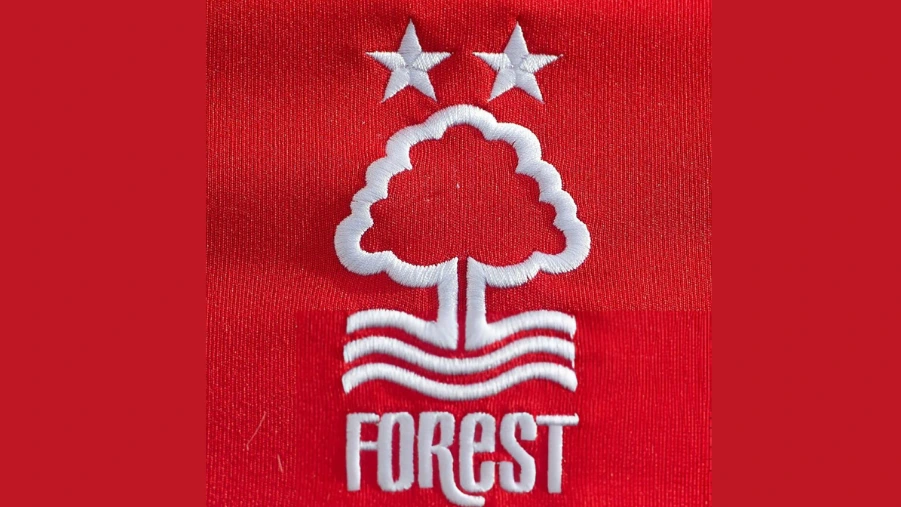
- Expenditure: £360.6 million
- Income: £145.2 million
- Net Spend: -£215.4 million
The £215.4 million net spend of Nottingham Forest is a testament to its desire to find a more stable place in the Premier League. The club invested £360.6 million to reinvent their team, and made use of players in their prime as well as ‘kids’. Although this has served to strengthen their depth, realizing value-additive performances from these investments has often been a hard ask.
Sales for £145.2 million represent Forest’s efforts to at least get part of their money back. However, no perception of playing style and volatile performances have put the club under pressure. In this respect, Forest must ensure they undertake proper recruitment if they are to overcome these hiccups that seem to cause odd balancing sheets and subsequent relegation to football.
5. Newcastle United
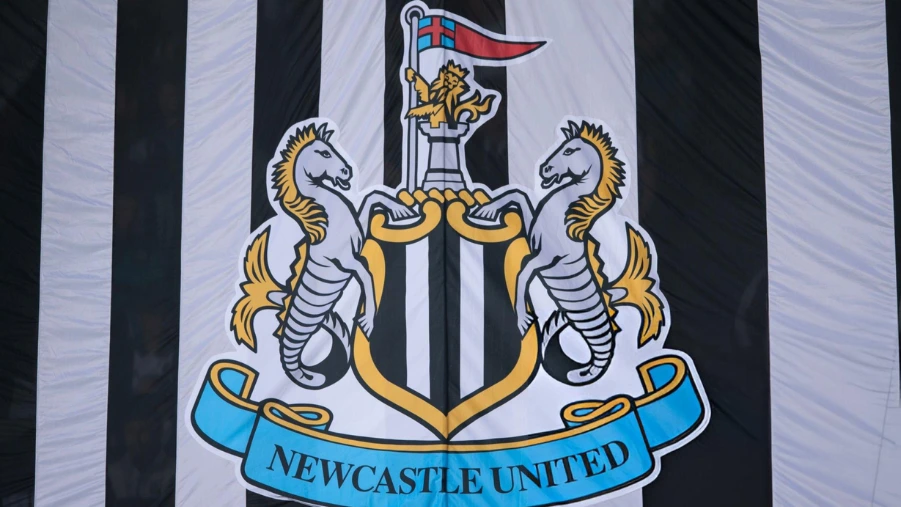
- Expenditure: £333.1 million
- Income: £112.2 million
- Net Spend: -£221.9 million
The club’s £333.1 million spending has been targeting upgrading areas of weakness, which has brought in players like Sandro Tonali and Alexander Isak. Some of Newcastle’s smart improvements have placed them right into the fourth category, which means a shift in goals.
And they brought in £112.2 million in transfer income and this includes sales of other players who are not so relevant to the team’s activities. Newcastle United’s strategy policy is quality over quantity, where it wants to achieve permanent success in terms of FFP rules and Regulations. Acquiring championship league football now makes the Magpies team set to prosper in the long run.
4. Arsenal

- Expenditure: £441.2 million
- Income: £147.1 million
- Net Spend: -£294.1 million
Arsenal had spent £294.1m net in transfers, which shows the change the club has gone through under Mikel Arteta. Arsenal spent a total of £441.2 on the new player’s acquisitions to improve the ranks, with stars such as Declan Rice and Kai Havertz. These are among the signs as Arsenal continues to fashion out a youthful team that can challenge for titles. This is evident in their return to the UEFA Champions League.
It’s noteworthy that the club earned £147.1 million from player sales; most notably selling Granit Xhaka to Bayer Leverkusen. The dual objectives of Arsenal’s model of development to sustain over the long term while remaining competitive are apparent, but certainly, there is still a strong imperative to win the major trophies. The club currently has the right squad on which it can build to maintain its top-four position and confront Manchester City for the Premier League title.
3. Tottenham Hotspur
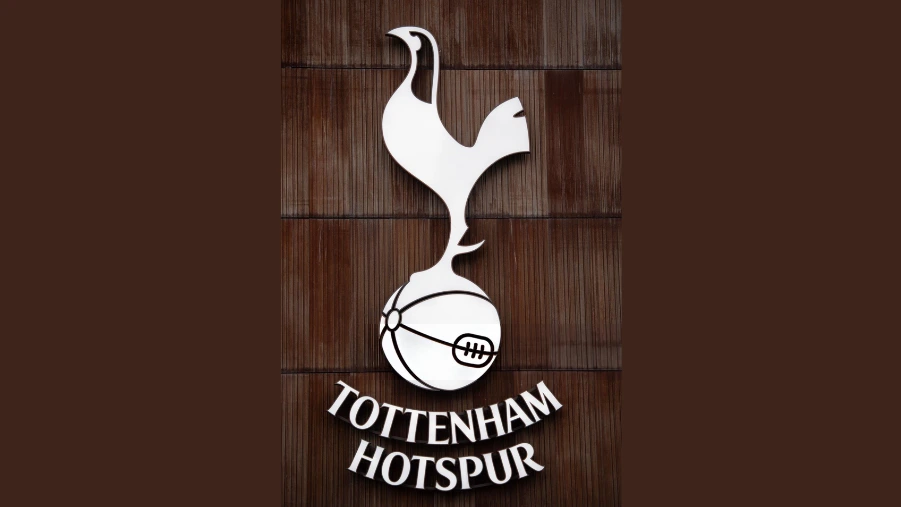
- Expenditure: £499.8 million
- Income: £178.6 million
- Net Spend: -£321.2 million
Tottenham Hotspur has a net spend of £321.2m, putting them in the third position. The club signed £ 499.8 million in preparation for the new season; several attackers arrived under the tutelage of new manager Ange Postecoglou; James Maddison and Guglielmo Vicario were among them, with the latter being a free agent. A bleak episode, this was because while Spurs lost Kane and the latter fired Bayern Munich for a big sum of money, the club also gained the much-needed fluidity in economic circuits.
If other receipts, including the sale of Harry Kane, delivered £178.6 million, then the spending shows how diligently Tottenham aimed at retaining Premier League and European football competitiveness. The early results of Postecoglou’s tenure have certainly brought new life to the club and fans are optimistic that new signings will provide reliability for a top-four regular with the potential for trophies.
2. Manchester United

- Expenditure: £646.1 million
- Income: £153.9 million
- Net Spend: £477.2 million
The second on the list is Manchester United, with £395.2 million equivalent of net spend showing their desire to be the team of the old days. During the tenure of Erik ten Hag, United made some remarkable purchases such as Antony, Casemiro, and Rasmus Højlund, who filled some important prospect areas. The spending at this club has been pretty impressive since 2022, when the total expenditure was £549.1 million, revealing much about their doctrine of supporting their managers in the market. However, these investments have not paid off consistently, and thus Ten Hag was sacked, which brought to light recruitment issues.
Selling players, worth £153.9 million, the club had some sales such as Ronaldo, and Dean Henderson among others. However, the absence which shows no strong source of income for outgoings has worsened their net spending.
1. Chelsea
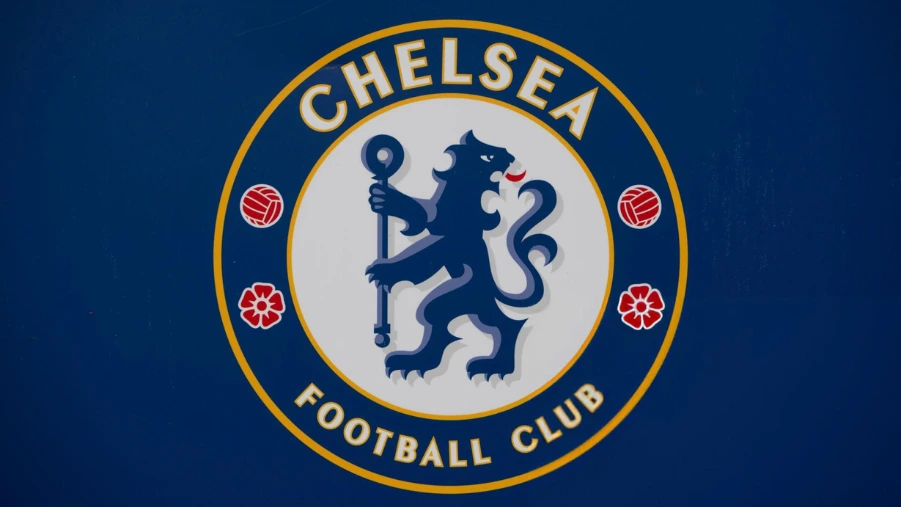
- Expenditure: £1.3 billion
- Income: £460.9 million
- Net Spend: £784.7 million
Chelsea tops the net spend charts with a negative balance of -£656.1m. The club’s redevelopment following new ownership has seen the team spend over £1.1 billion since 2022, which has made them the world’s biggest spenders. Several players signed by Chelsea recently – Enzo Fernández, Moises Caicedo, and Mykhailo Mudryk, among others –are all young players. Nevertheless, this hostile approach has not brought the dividends as of now, with Chelsea, far from competing in the top half of the English Premier League in recent seasons, causing people to question the effectiveness of Chelsea’s recruitment policy.
Even with such a huge expenditure, Chelsea has struggled to sell players who are deemed surplus to their requirements to balance their books. Mason Mount, Kai Havertz, and Mateo Kovacic were sold for £460.9 million, but that was just a drop in the ocean compared to their spending spree. Chelsea’s project is a long-term one, but the pressure is mounting to turn spending into success.
Also Read: Ranking Manchester United Rivals: The 10 Fiercest Football Rivalries
FAQs
1. Which Premier League club has the highest net spend since 2022?
A. Chelsea has the highest net spend since 2022 with £656.1m.
2. How does Manchester United’s net spend compare to Chelsea?
A. Manchester United’s net spending of £395.2m is much better compared to Chelsea’s net spending of £656.1m.
3. Which club recorded the highest profit in net spend?
A. Everton recorded the highest profit in net spend.
